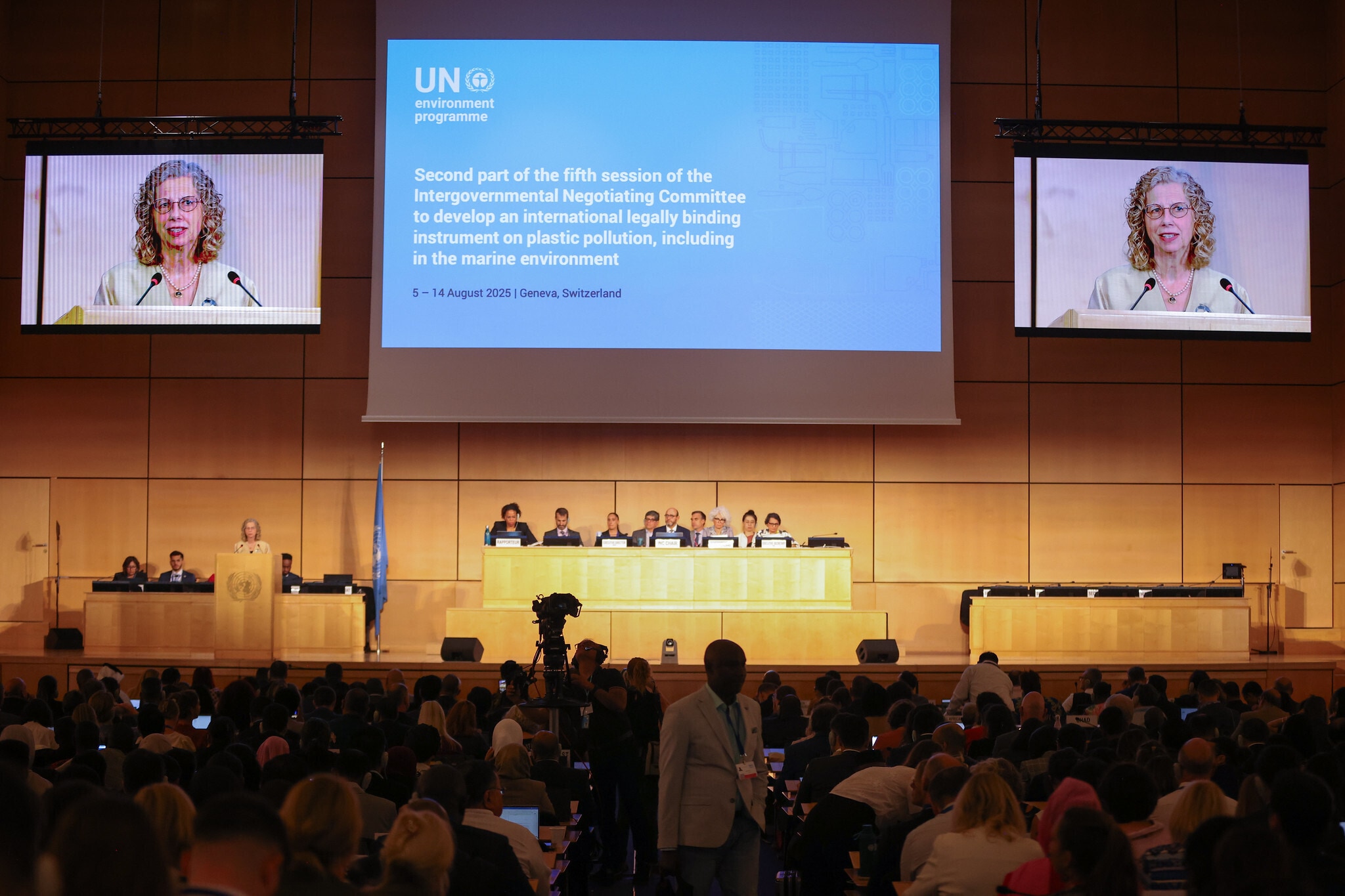Methane is a more potent polluter than CO2 - here’s how energy firms can help contain it

Cooling tower polluting the air by emitting fumes at a nuclear power plant.
Image: Thomas Millot/Unsplash
Stay up to date:
SDG 13: Climate Action
Listen to the article
- Methane gas is more potent than CO2 and its levels in the atmosphere are rising.
- Leaks from coal, oil and natural gas extraction and processing are responsible for a third of all methane.
- Levels can be cut quickly and substantially if governments and industry get on board.
- Energy firms can greatly reduce their emissions using technology that is already developed – and cheap.
One of the more telling images that illustrates the challenge we face in reducing global warming can be seen best from space.
Satellite photos compiled for the International Energy Authority (IEA) show huge volumes of methane leaking into the atmosphere over the past two years from coal plants and mines located across the world, from the US to Australia.
Methane is a greenhouse gas that’s 80 times more effective at trapping heat in the atmosphere than carbon dioxide over a 20-year period. It is estimated to account for 30% of the rise in global temperatures.
Because there is less of it in the atmosphere and because it degrades faster than CO2, eliminating methane will have a swift and substantial impact on slowing global warming in the short and medium term.
Fossil fuel industry produces huge volumes of methane
One quick way to achieve this would be to target the fossil fuels industry, which is the largest contributor of human-generated atmospheric methane, according to the United Nations Economic Commission for Europe (UNECE).
What is the World Economic Forum doing to help companies reduce carbon emissions?
The energy sector produces methane largely as a by-product of drilling for oil and natural gas and mining for coal. Companies capture and use some of it, but far more is lost through leaks, especially in the natural gas supply chain, according to the latest report from the IEA’s Methane Tracker, which was launched in 2019.
Although fossil fuel use is in decline, it’s still likely to be in demand for many more years, especially as economies rebound from the pandemic downturn. Consequently, carbon and methane levels in the atmosphere continue to rise.
A report by the US National Oceanic and Atmospheric Administration found that, last year, concentrations of methane jumped the most on record and are now 6% higher than they were in 2000.
The IEA warns that the industry’s emissions would need to be cut by three-quarters before 2030 if its net-zero emissions scenario is to be reached by 2050.
Accept our marketing cookies to access this content.
These cookies are currently disabled in your browser.
How can that be done?
Cutting use of fossil fuel would be the best long-term option, but to meet net-zero targets sooner, governments and companies need to take immediate remedial steps to reduce the amount of methane the energy sector produces.
Fortunately, leak reductions are low-hanging fruit in the quest to cut emissions. The IEA estimates that more than two-thirds of energy-sector methane pollution can be reduced with existing technology and that 45% can be removed at no net cost.
Simple measures such as the installation of leak detectors and requirements to make repairs to damaged infrastructure are already being used in many places and can easily be scaled up.
Countries must work together to slash emissions
Similarly, better technology standards and bans on non-emergency flaring and venting – when gases are deliberately burned off or allowed to escape – are also easy to deploy.
Better data on emissions and abatement would be slightly more challenging, but could lift the combined methane reduction of all leak remedies to 15%, says the IEA.
Broader measures to reduce production of the gas across the industry globally would need international cooperation, and progress has already been made.
An international partnership of countries committed to a US- and European Union-led effort to reduce methane releases is expected to bring a 30% cut to emissions from 2020 levels. The Global Methane Pledge, which was established in September, now counts as signatories 33 countries that produce 30% of global methane.
Halving coal use will have a huge impact
The best way to cut methane release from coal is to reduce demand for the most polluting of fossil fuels, the report says. If supply was halved by 2030, in line with the IEA’s net-zero scenario, total atmospheric methane could be lowered 10% and another 5% would be achieved with better leak management at mines.
Emissions data and analysis from satellites and other sources would also put pressure on energy companies to act. If they were to put in place better monitoring, abatement and early-warning mechanisms, another 10% of global methane concentrations could be removed from the tally.
While scientists caution that not all methane is human-generated, reducing emissions that are will help arrest global warming.
Accept our marketing cookies to access this content.
These cookies are currently disabled in your browser.
Don't miss any update on this topic
Create a free account and access your personalized content collection with our latest publications and analyses.
License and Republishing
World Economic Forum articles may be republished in accordance with the Creative Commons Attribution-NonCommercial-NoDerivatives 4.0 International Public License, and in accordance with our Terms of Use.
The views expressed in this article are those of the author alone and not the World Economic Forum.
Related topics:
Forum Stories newsletter
Bringing you weekly curated insights and analysis on the global issues that matter.
More on Climate ActionSee all
Ekhosuehi Iyahen, Daniel Murphy and Andre Belelieu
August 27, 2025
Thomas Brostrøm and Sandeep Kashyap
August 26, 2025
Thomas Philipon
August 26, 2025
Lim Chow-Kiat
August 21, 2025
Tom Crowfoot
August 20, 2025







